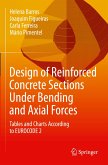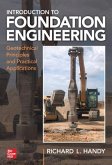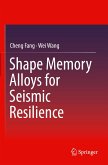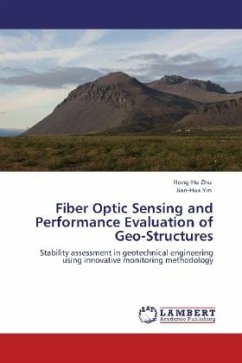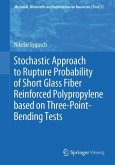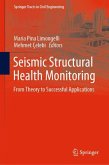Civil structural health monitoring has become significantly more important within the last decades due to rapidly growing demand on new constructions world-wide with respect to limited space and increased sustainability, as well as longer service lifetimes of existing structures. Knowledge about the structural performance and health condition is essential to plan and design condition-based maintenance works. State-of-the-art monitoring techniques, including displacement readings at the surface, internal deformation sensors as well as manual or image-based visual inspections, often have limitations, either in the spatial or the temporal resolution.This thesis introduces enhanced monitoring concepts for structural and geotechnical applications based on distributed fiber optic sensing. The distributed strain sensing feature is combined with geodetic techniques and one-dimensional displacement sensors to analyze fully-distributed curvature and bending profiles along civil structures,where the optical fibers are directly embedded inside or attached along the structure. Various applications are presented, in which individually developed approaches have been integrated into real-scale structures using different DFOS sensors and installation techniques. These include linear objects with different material composition like grouted steel anchors or concrete beams and curved structures such as tunnel linings. The suitability of different designs is validated within laboratory experiments, where the results are proven using pointwise displacement transducers, geodetic measurements and image-based sensing techniques.

